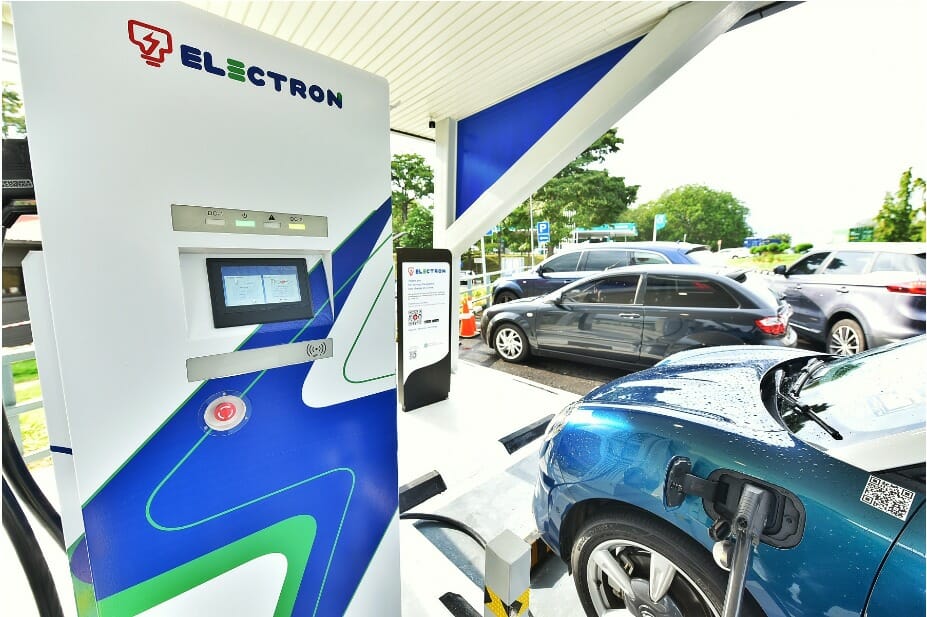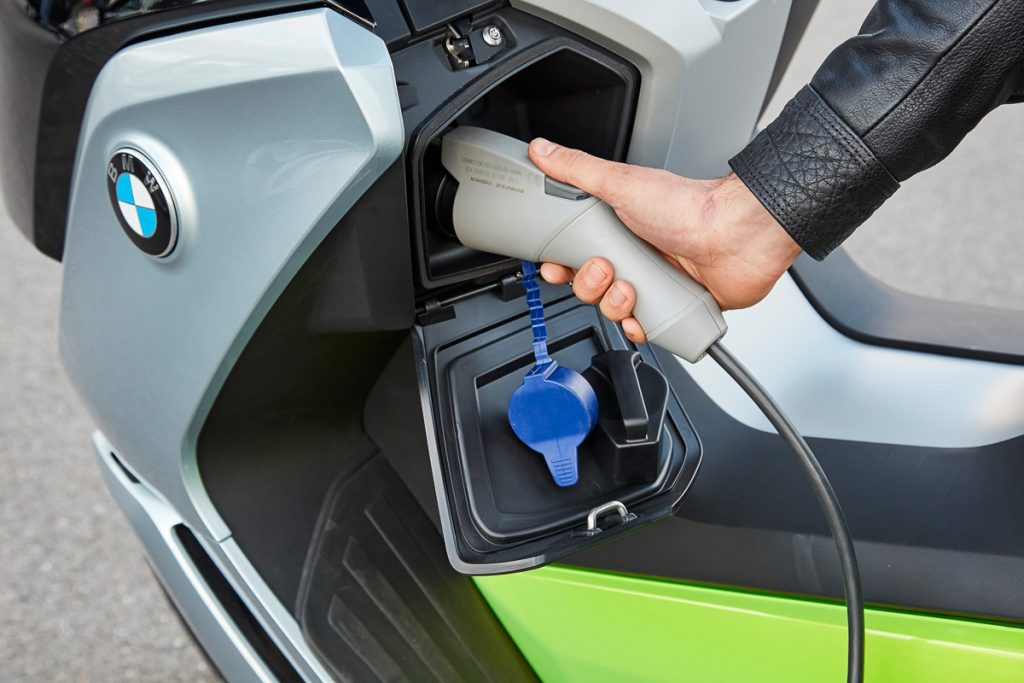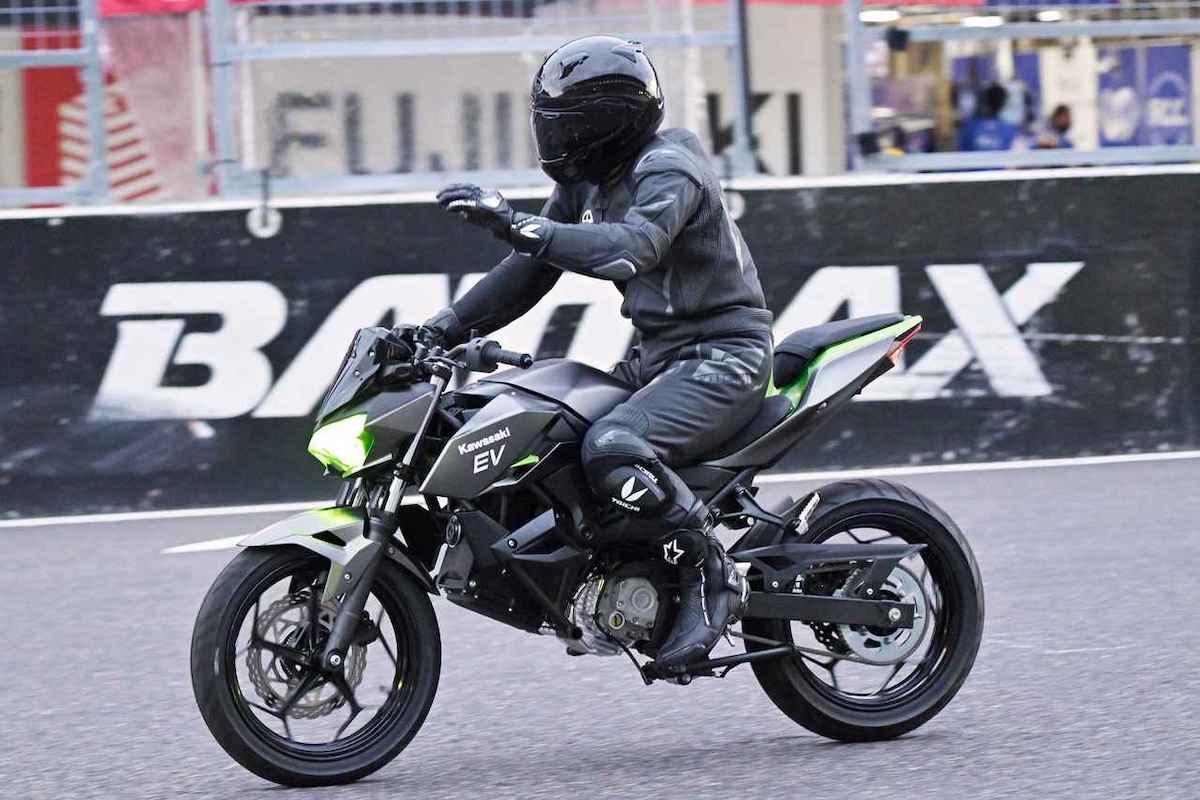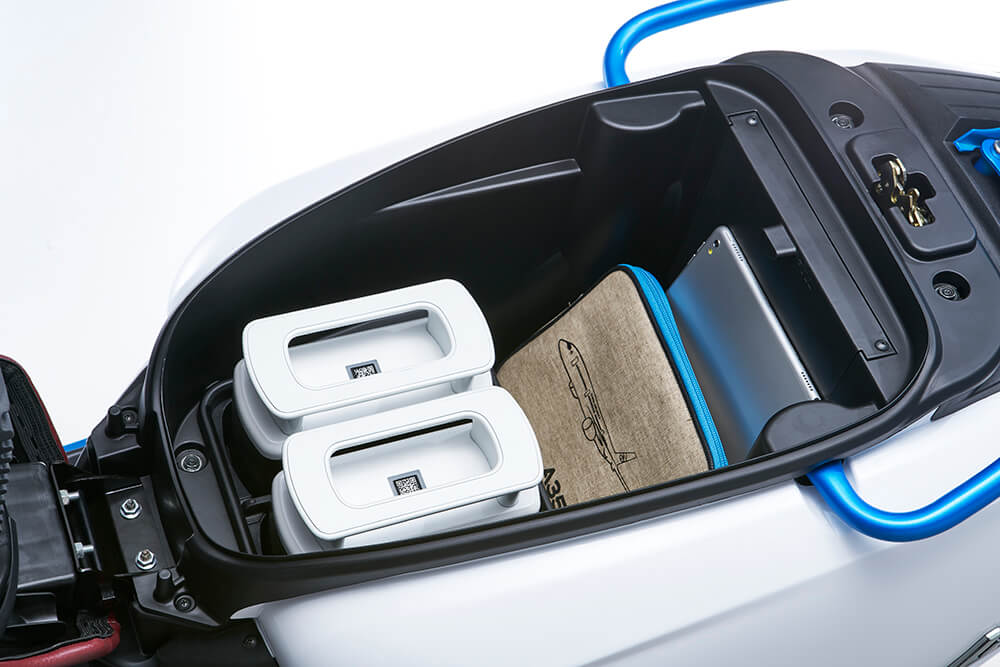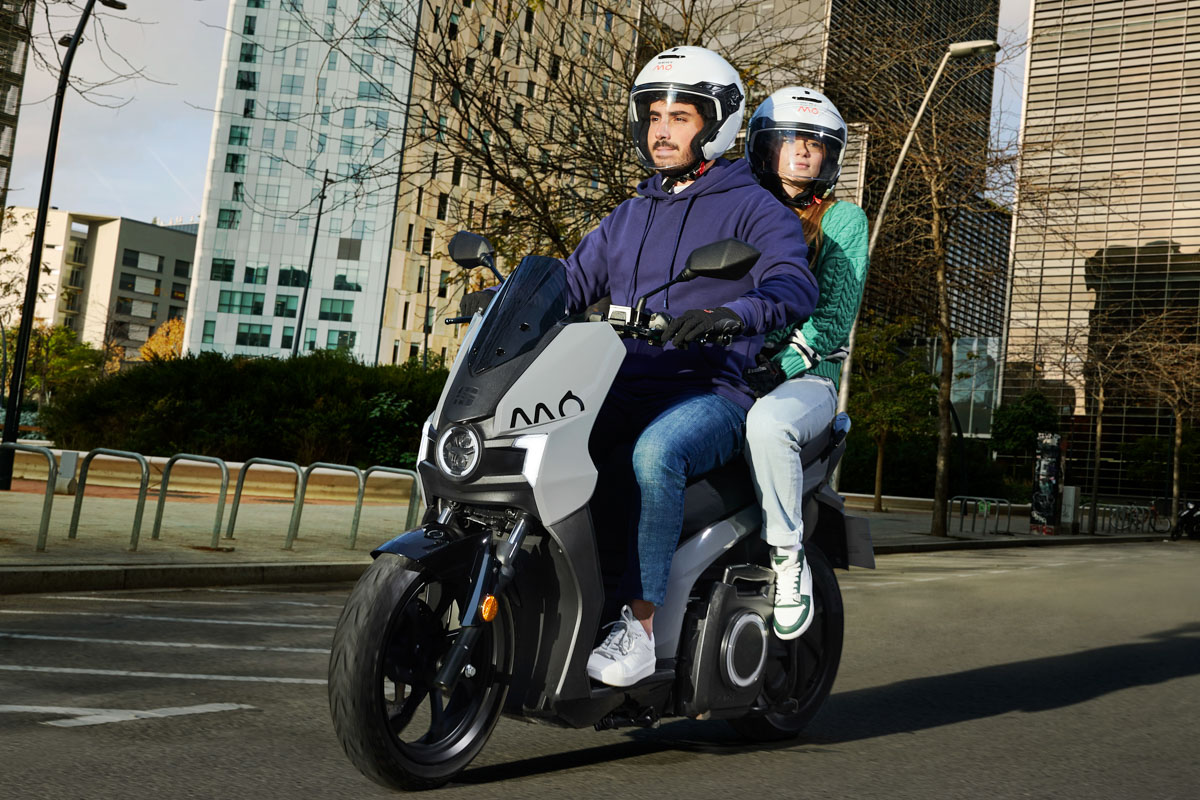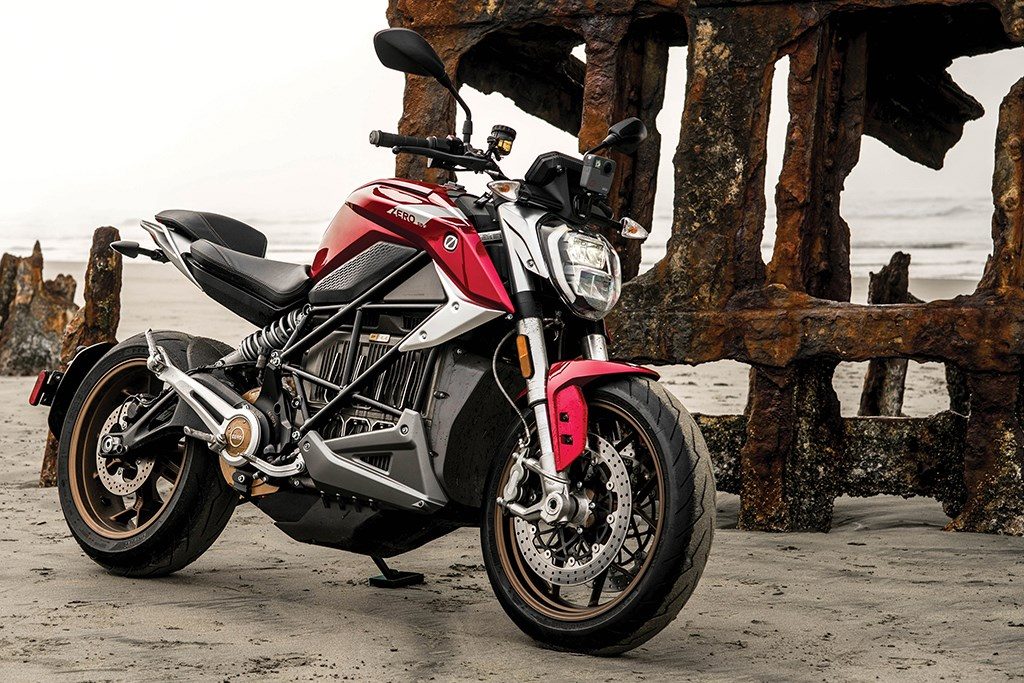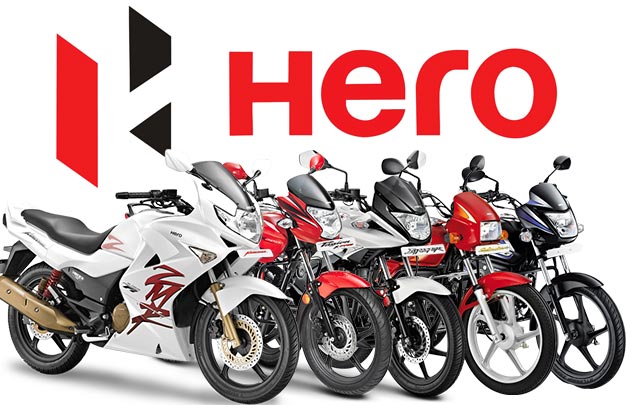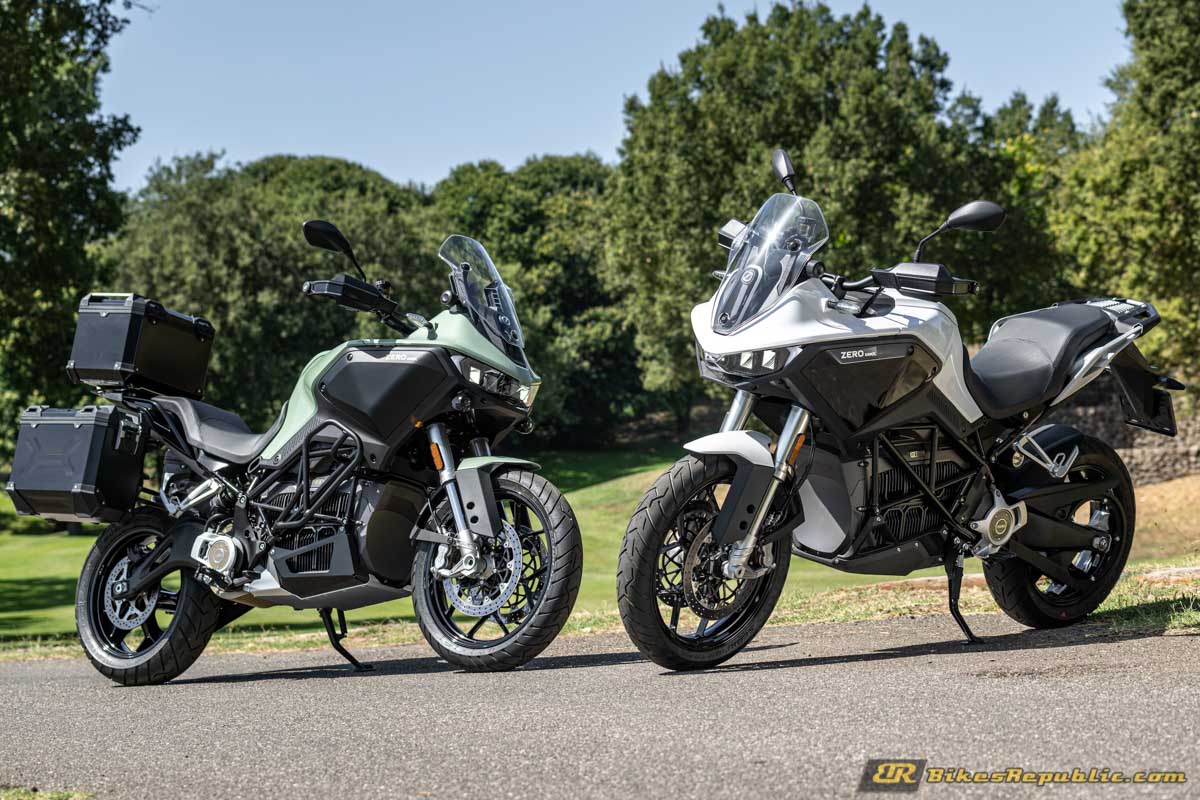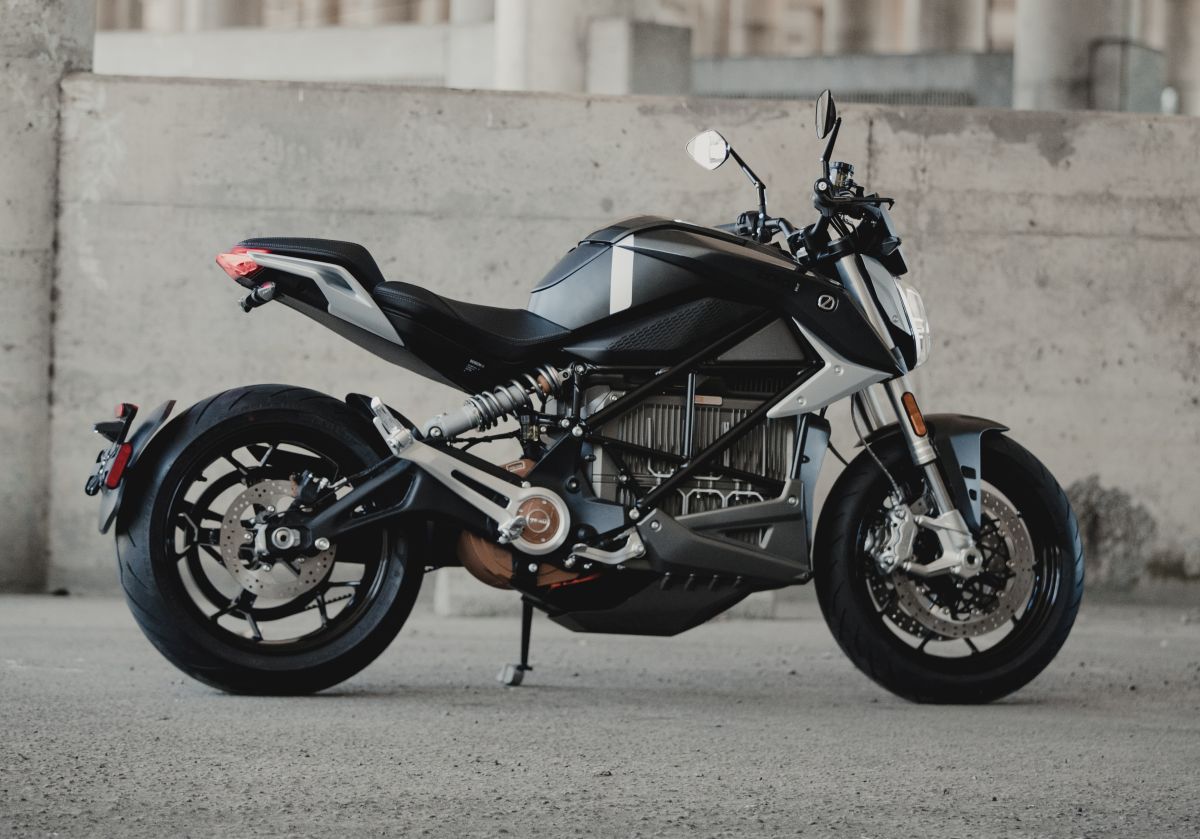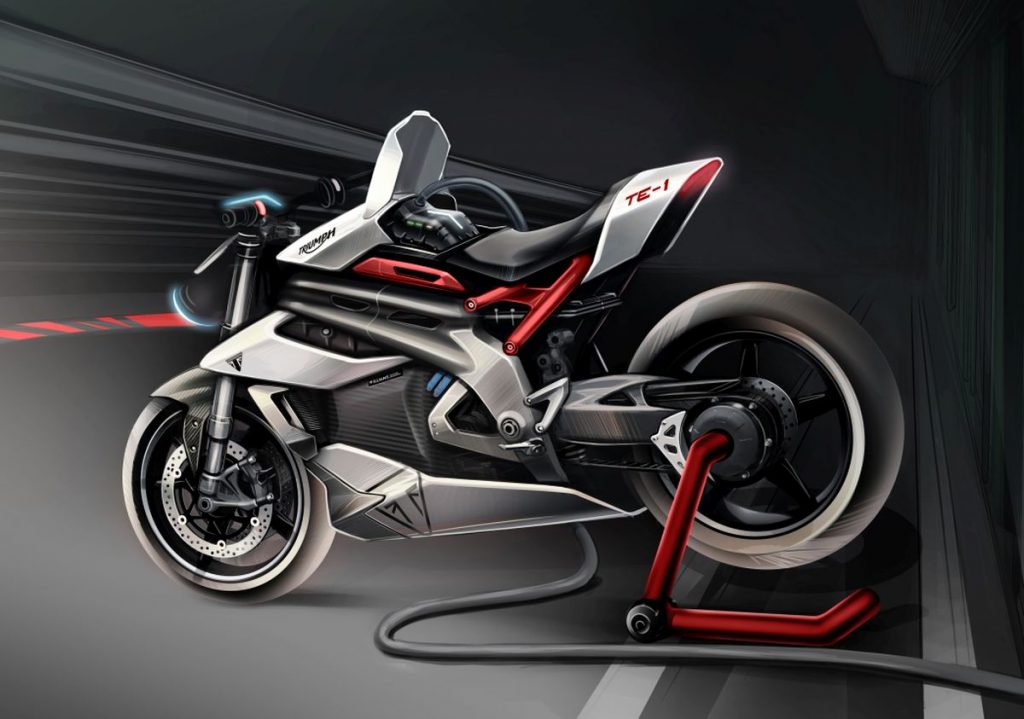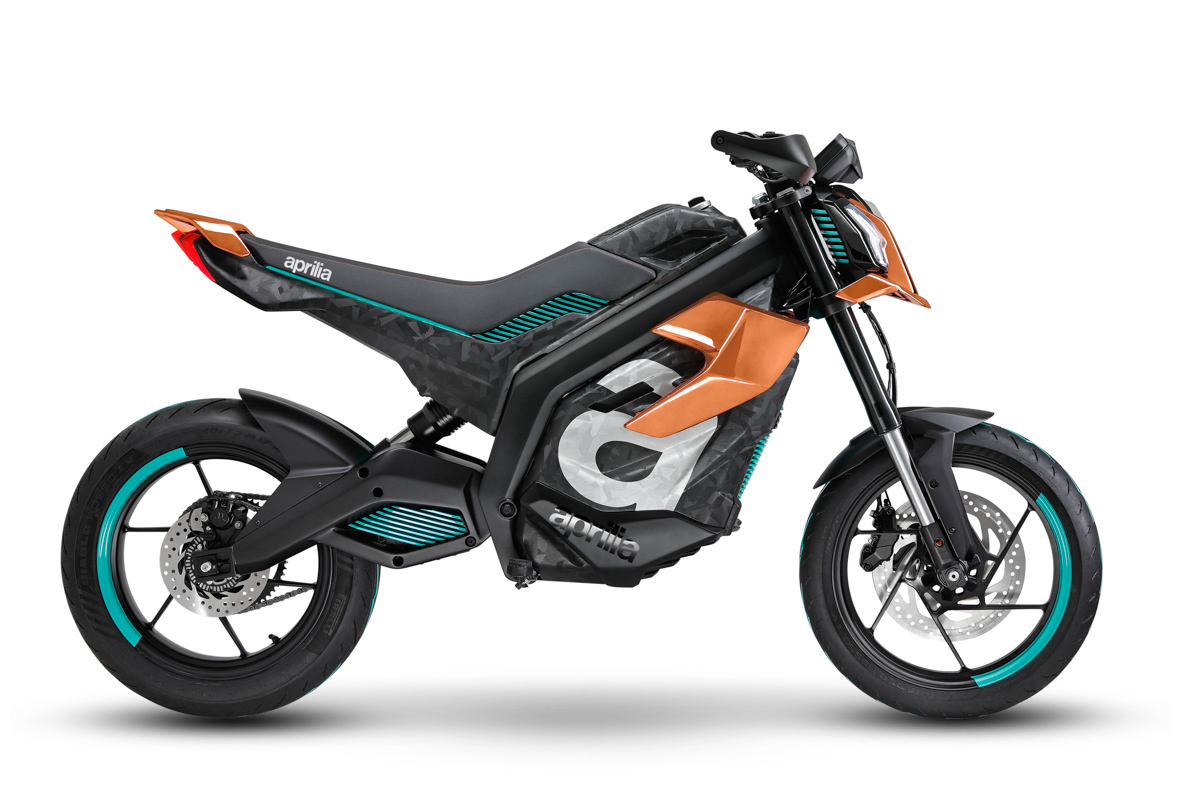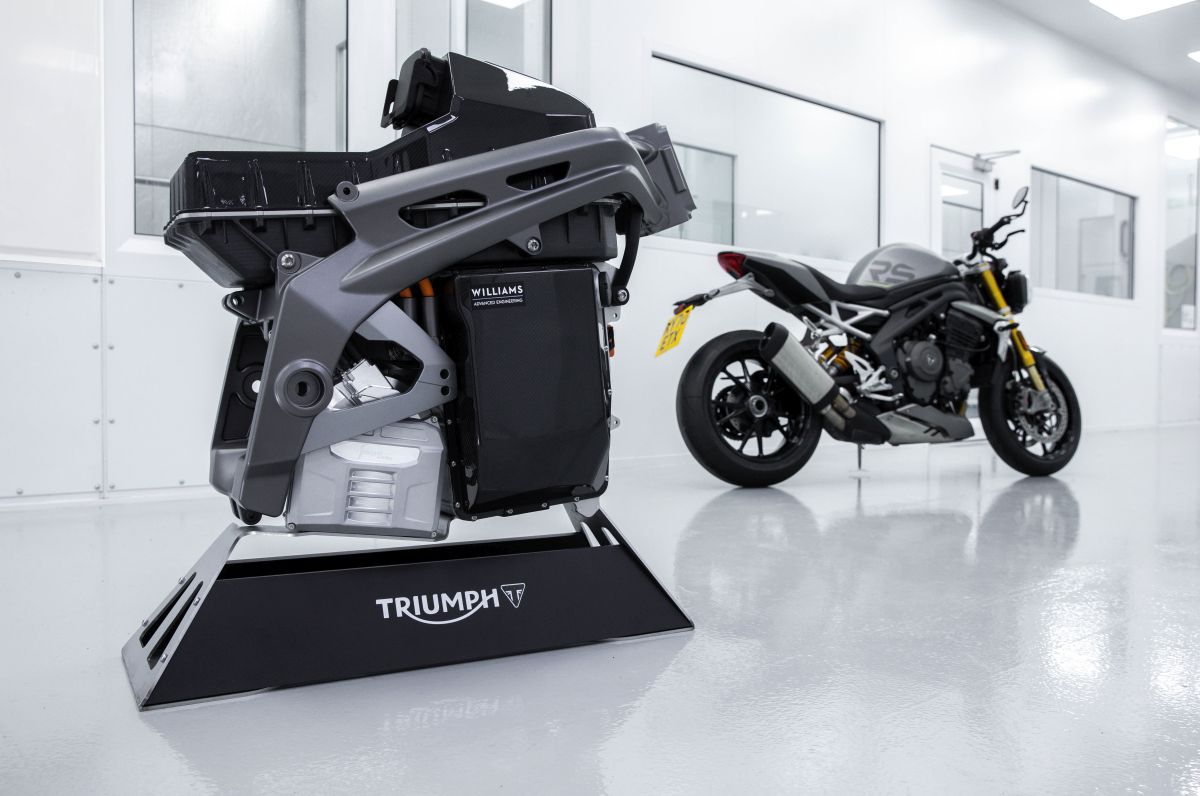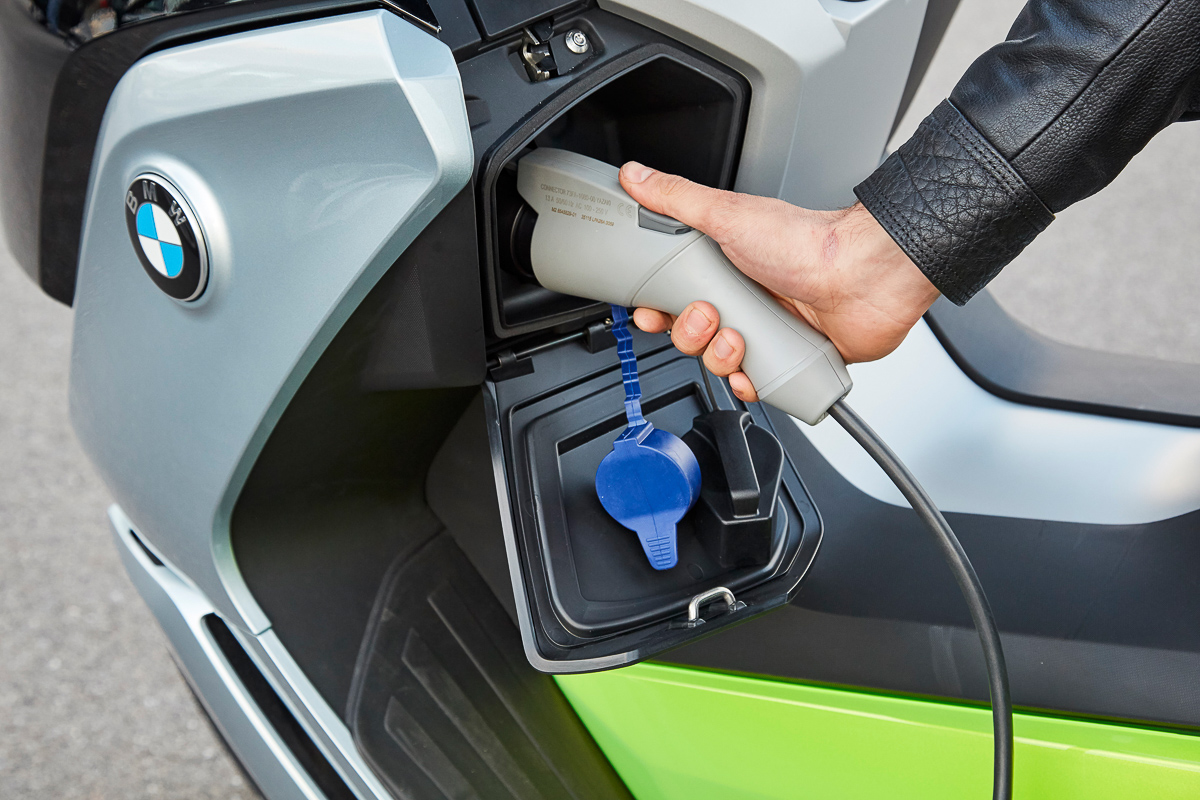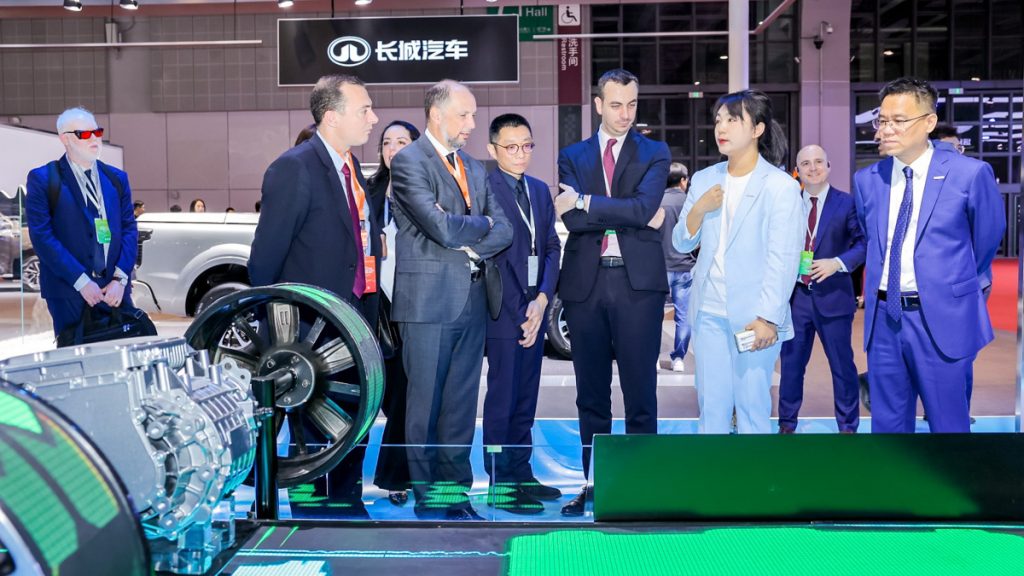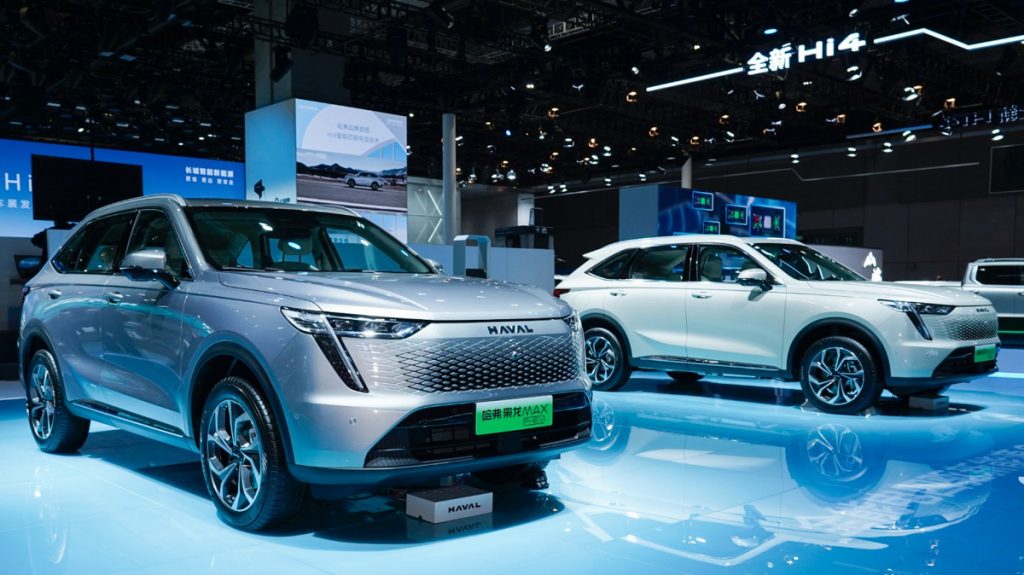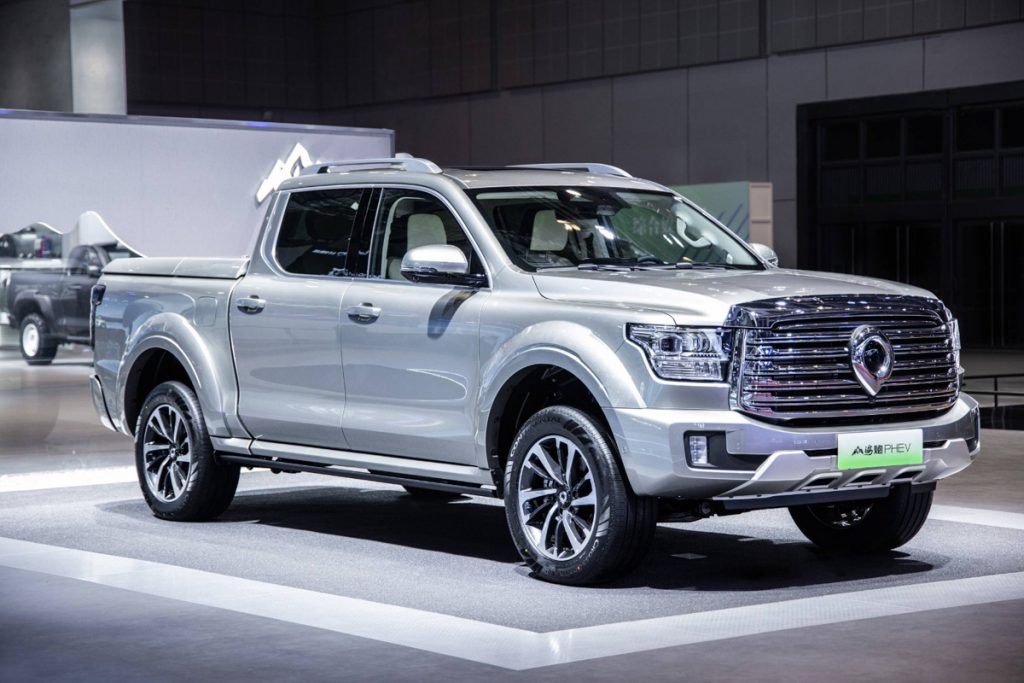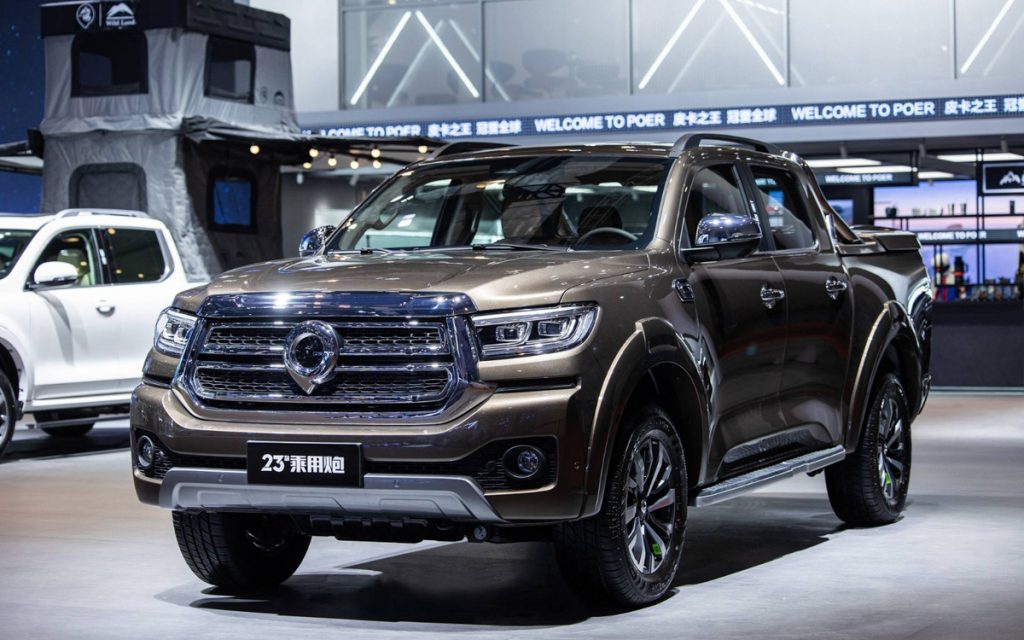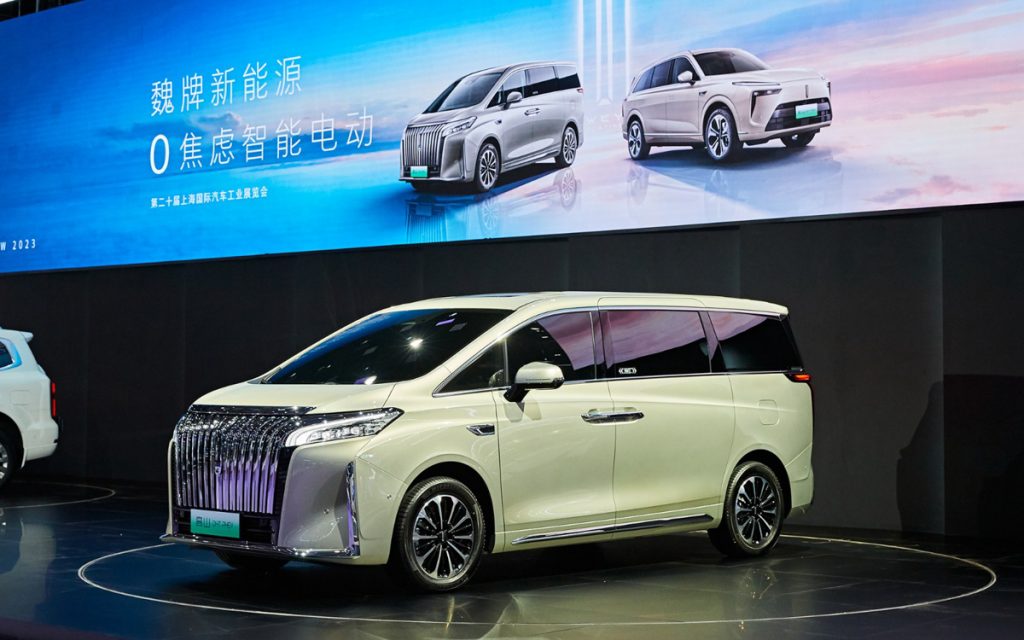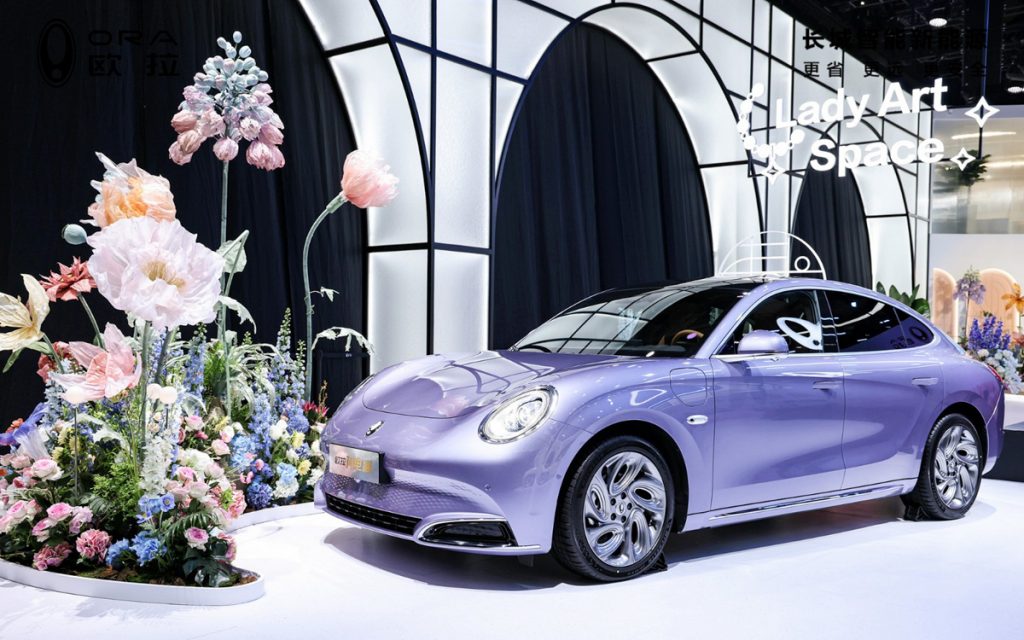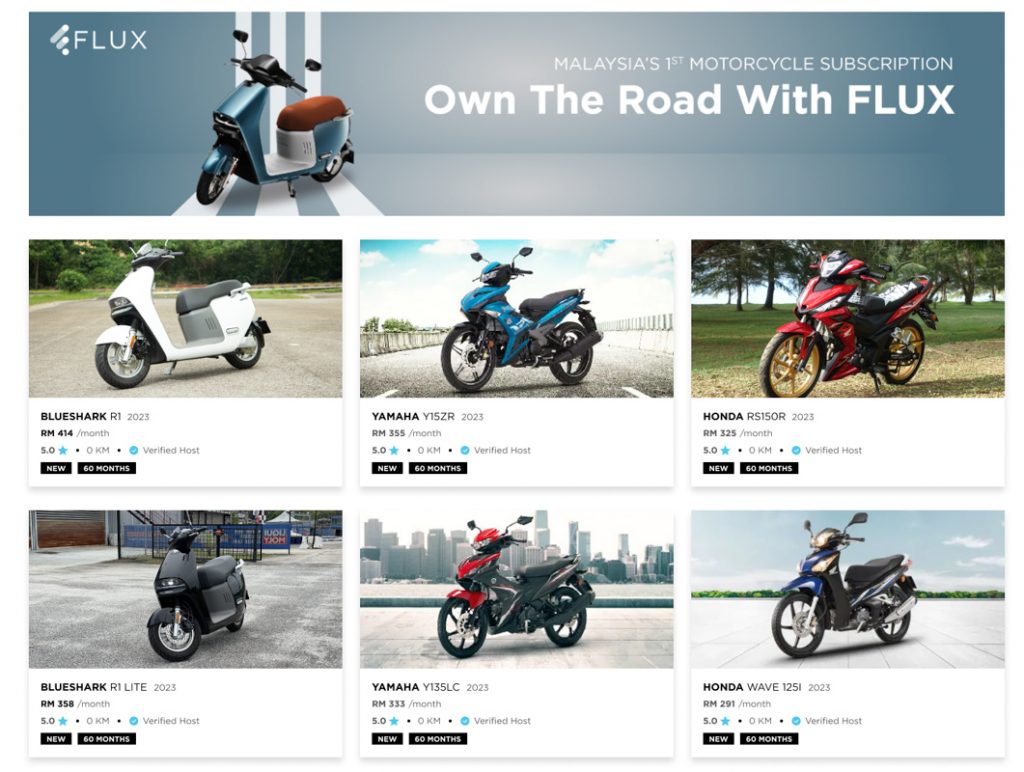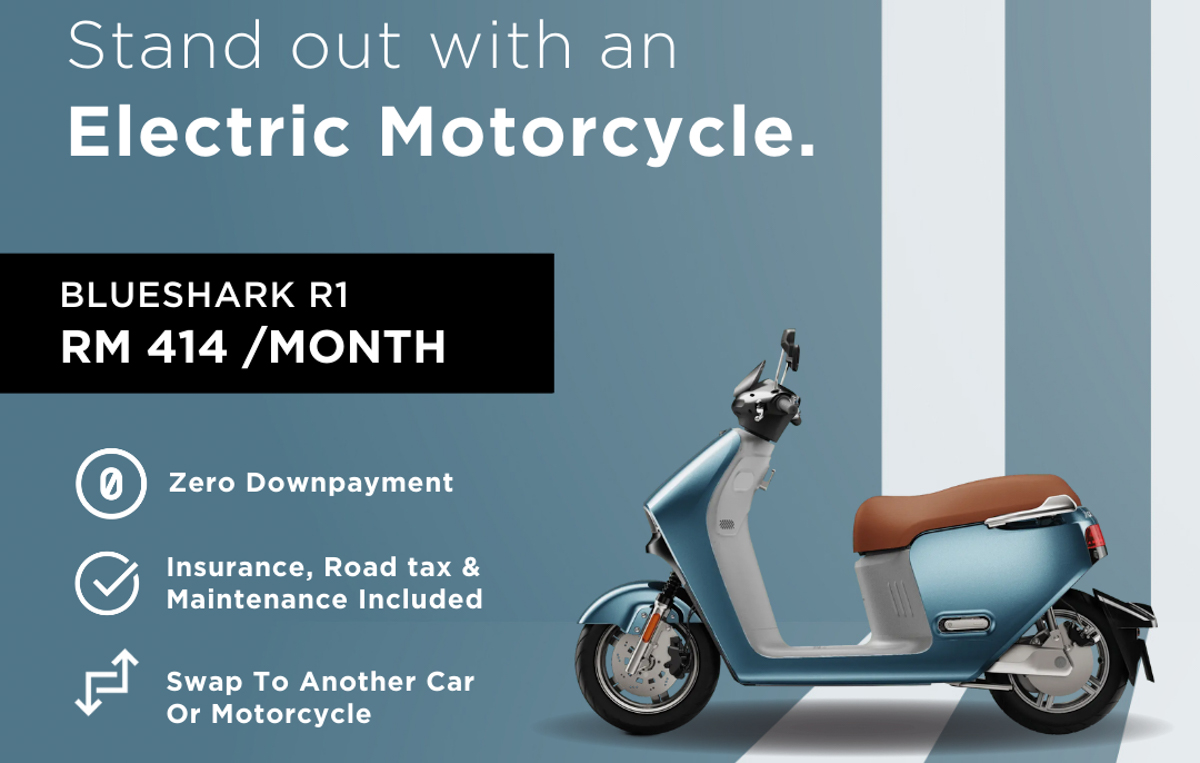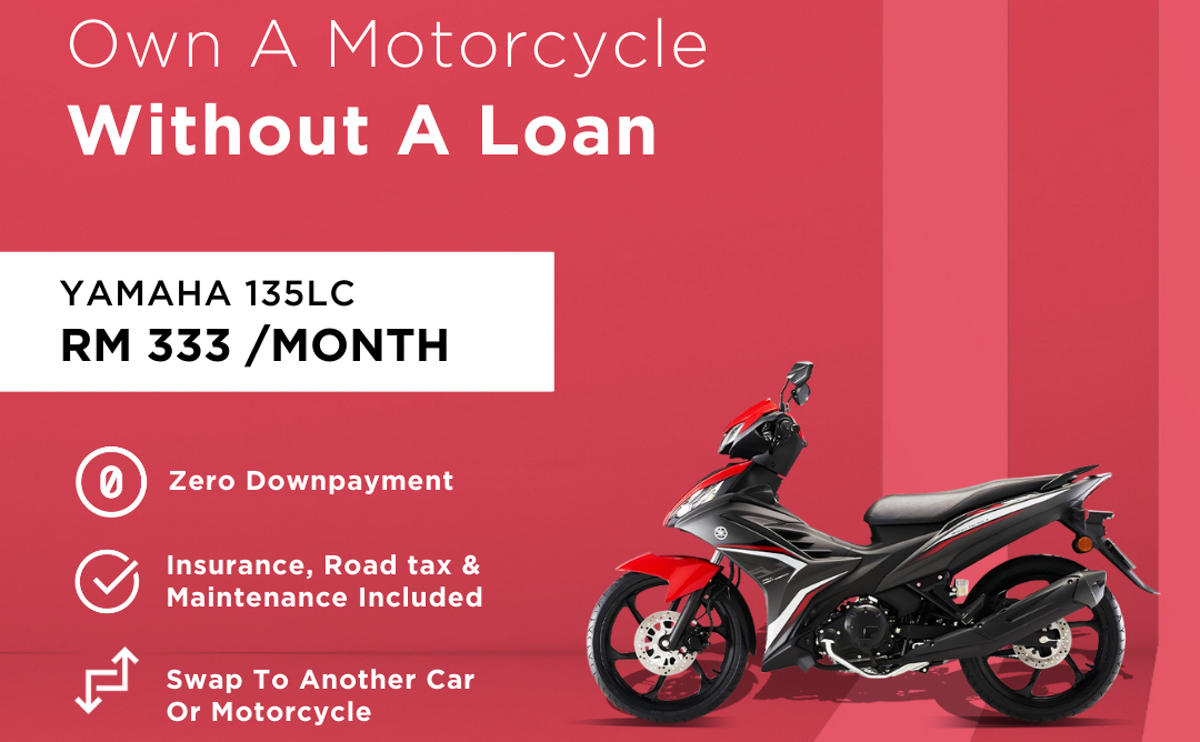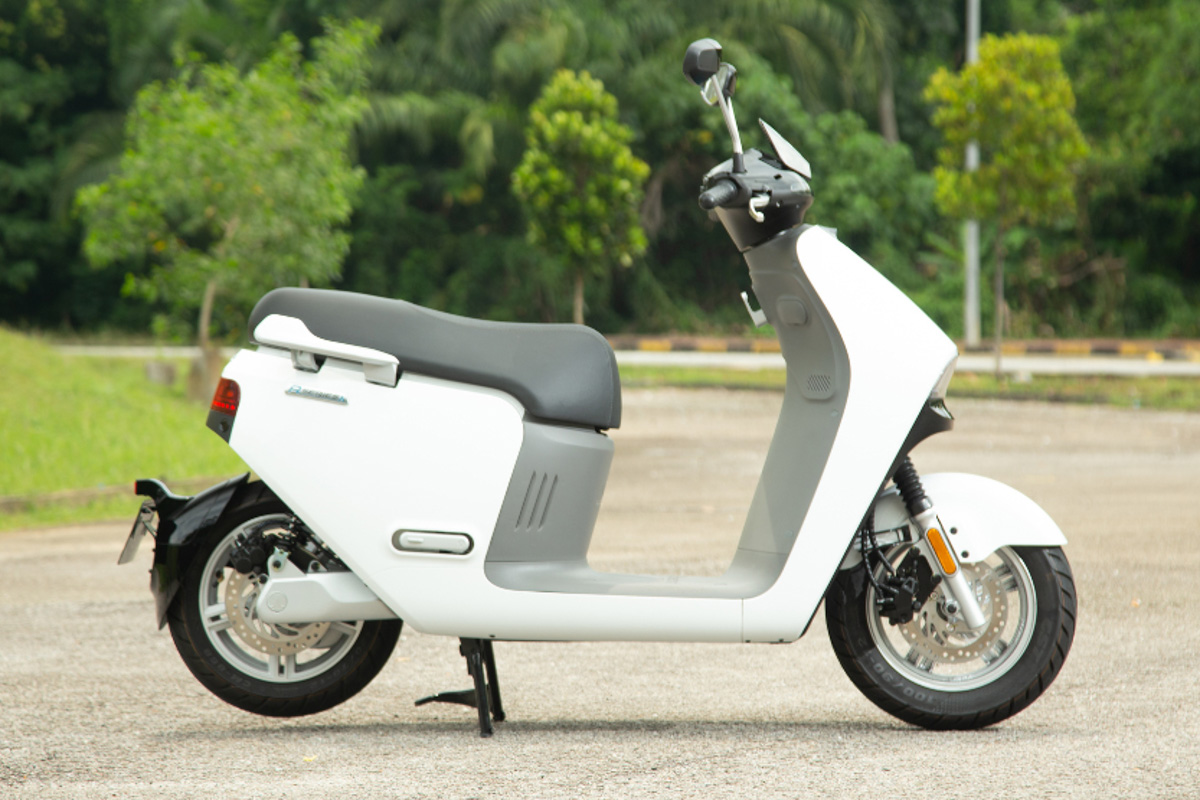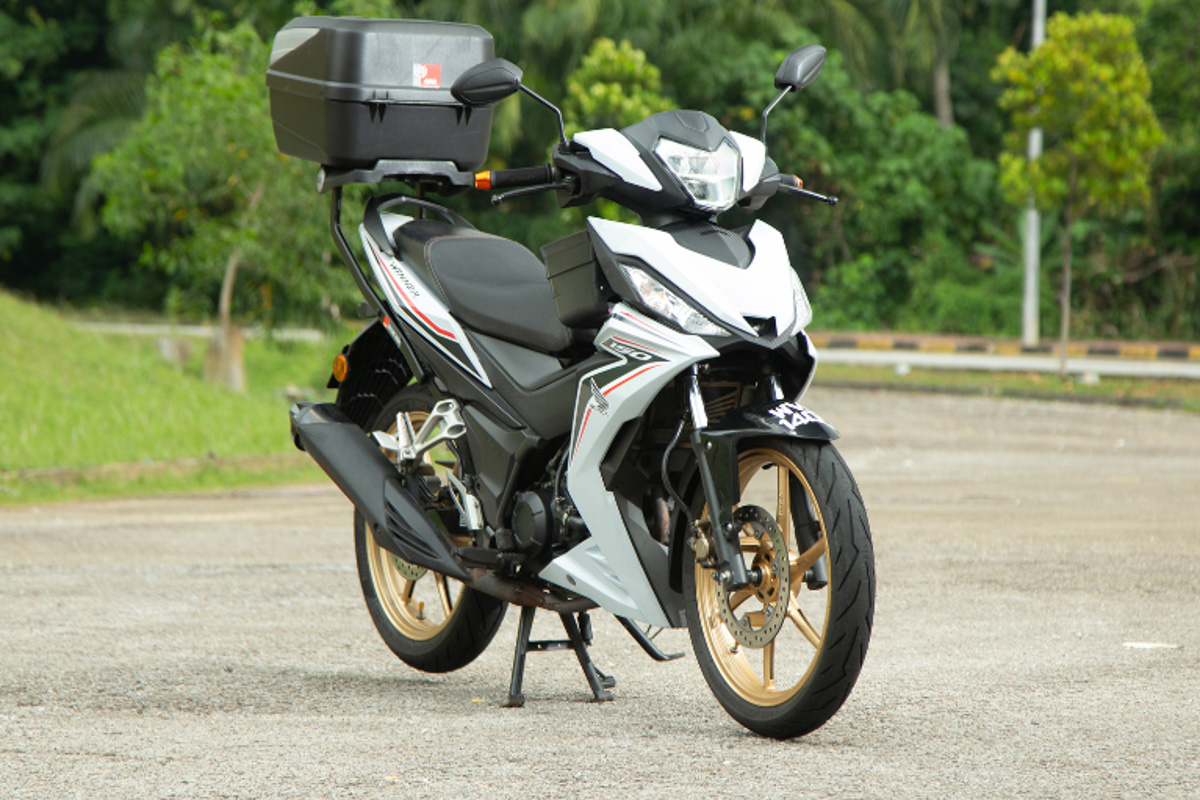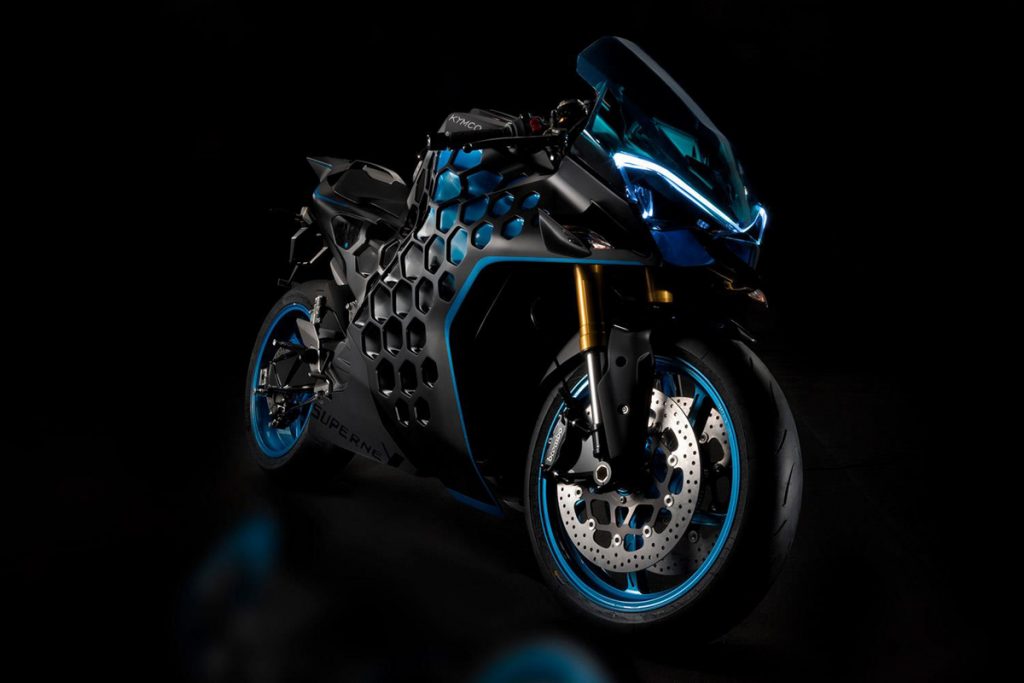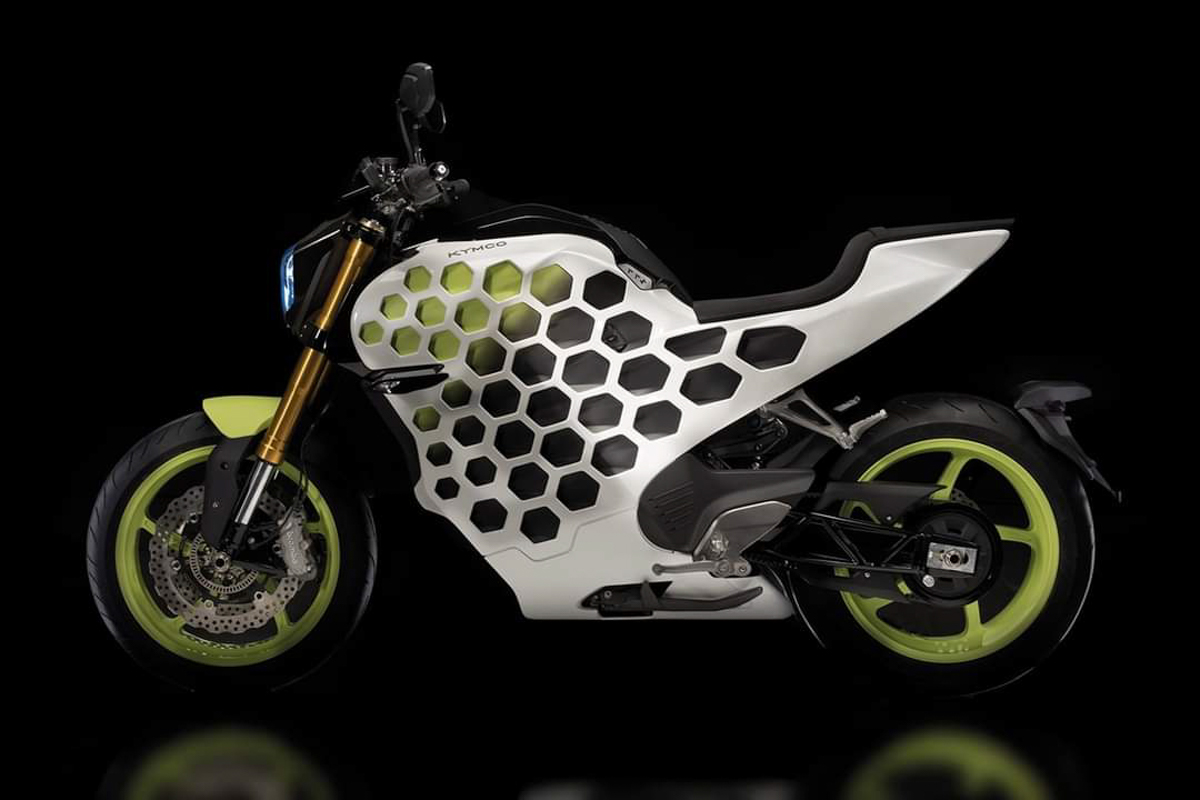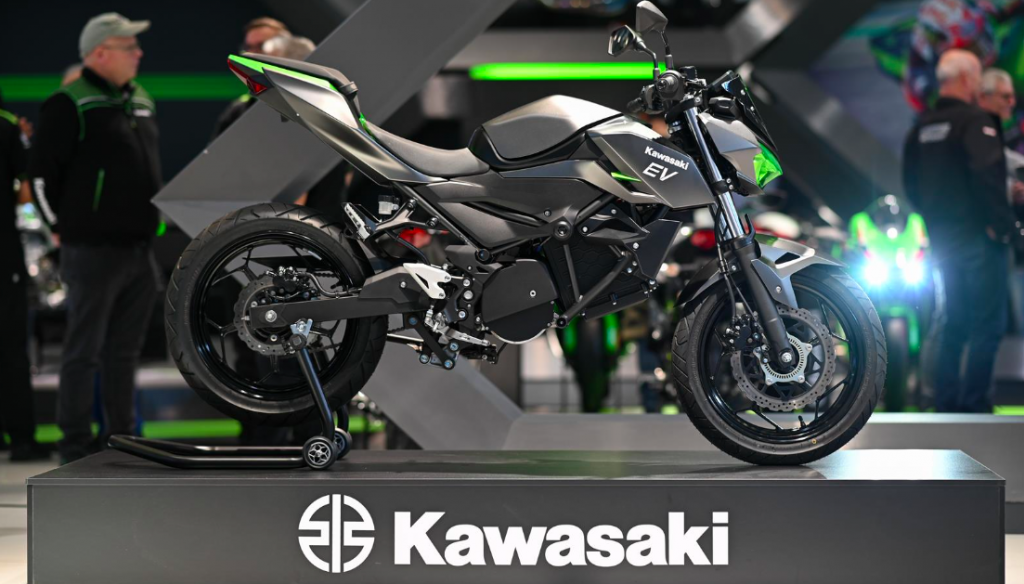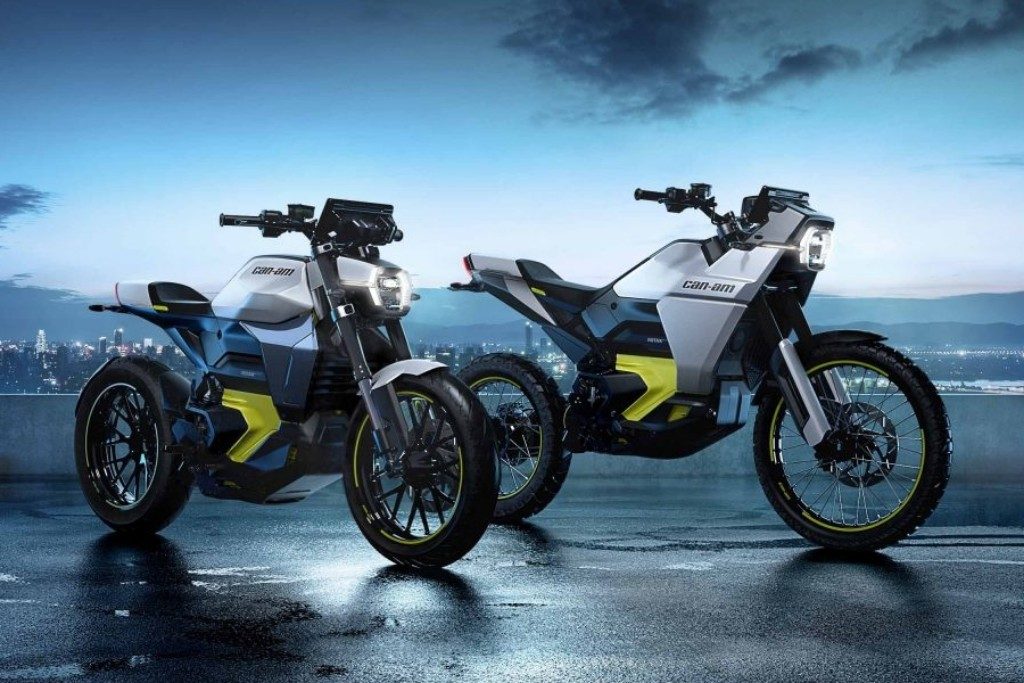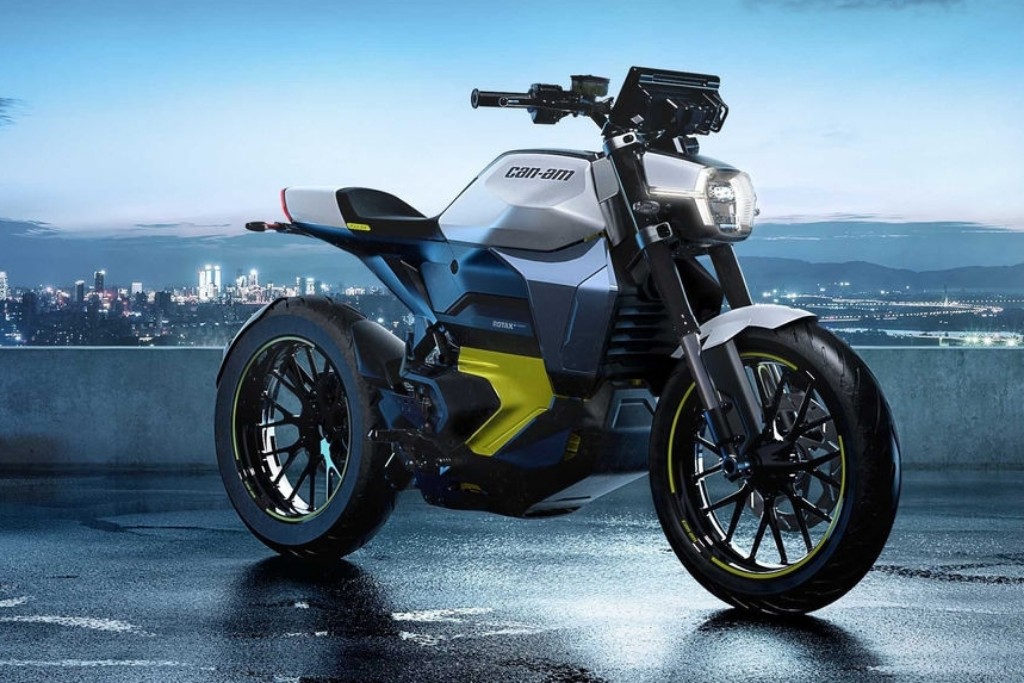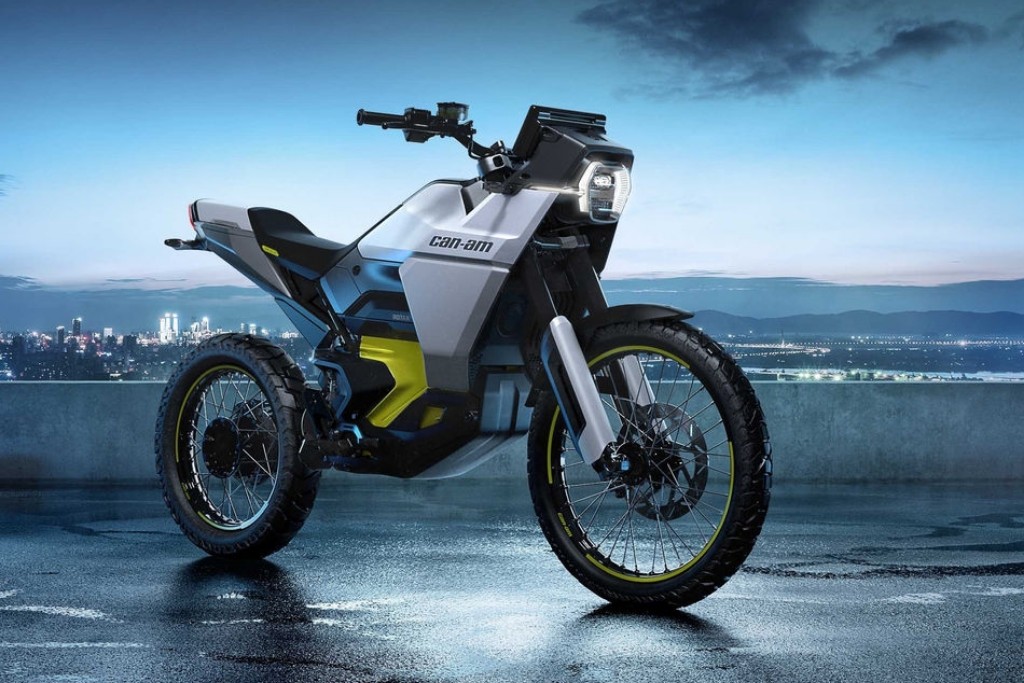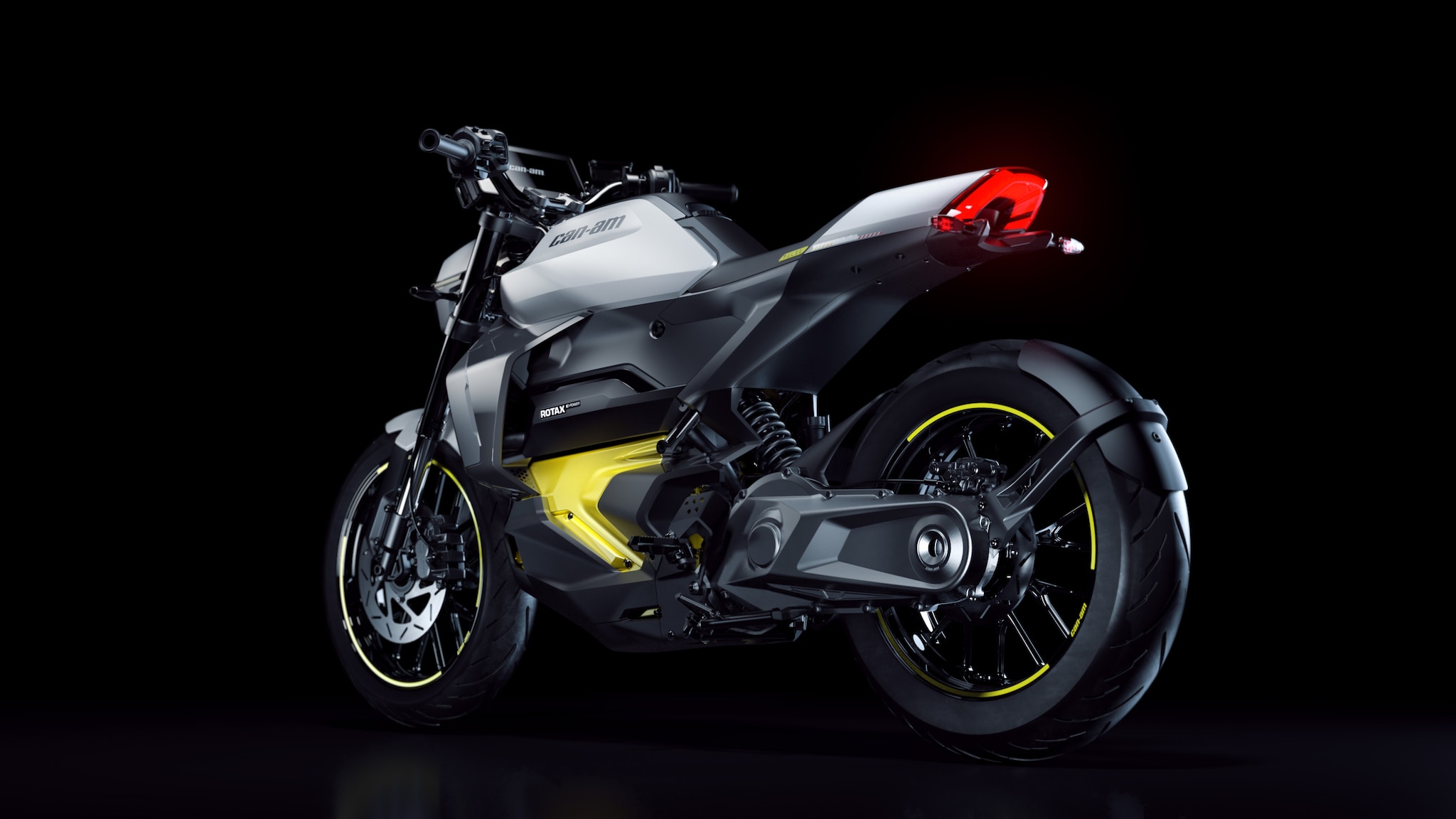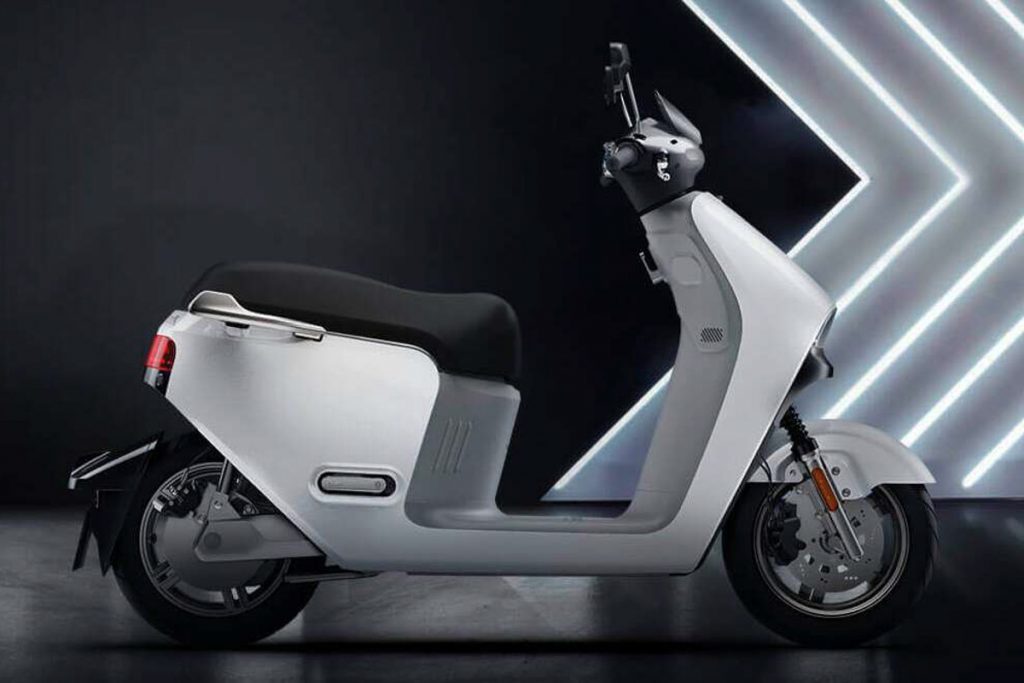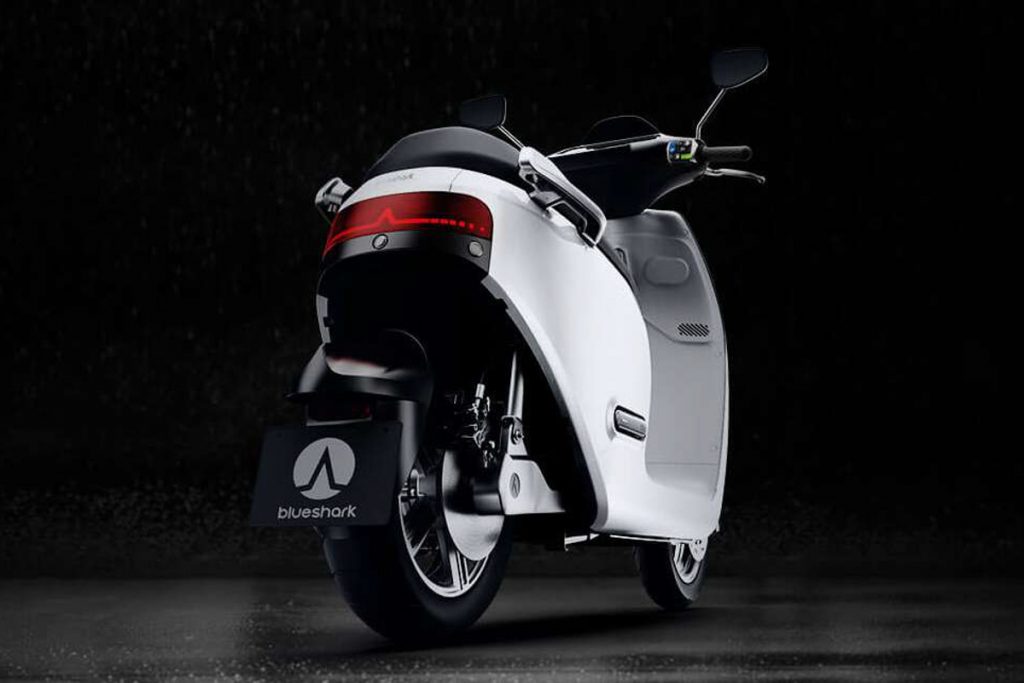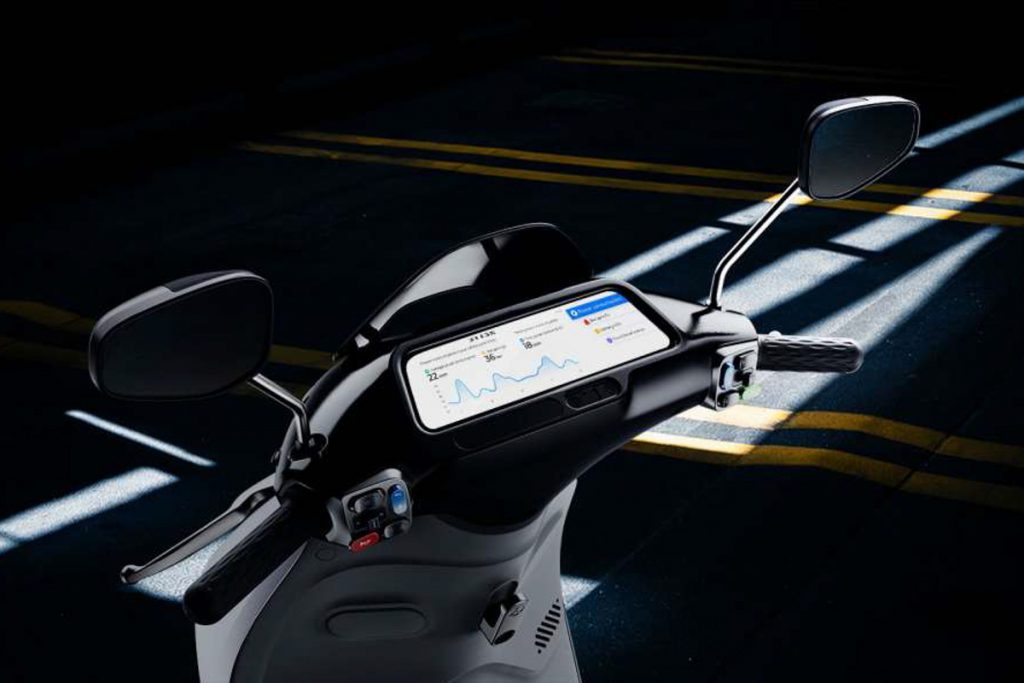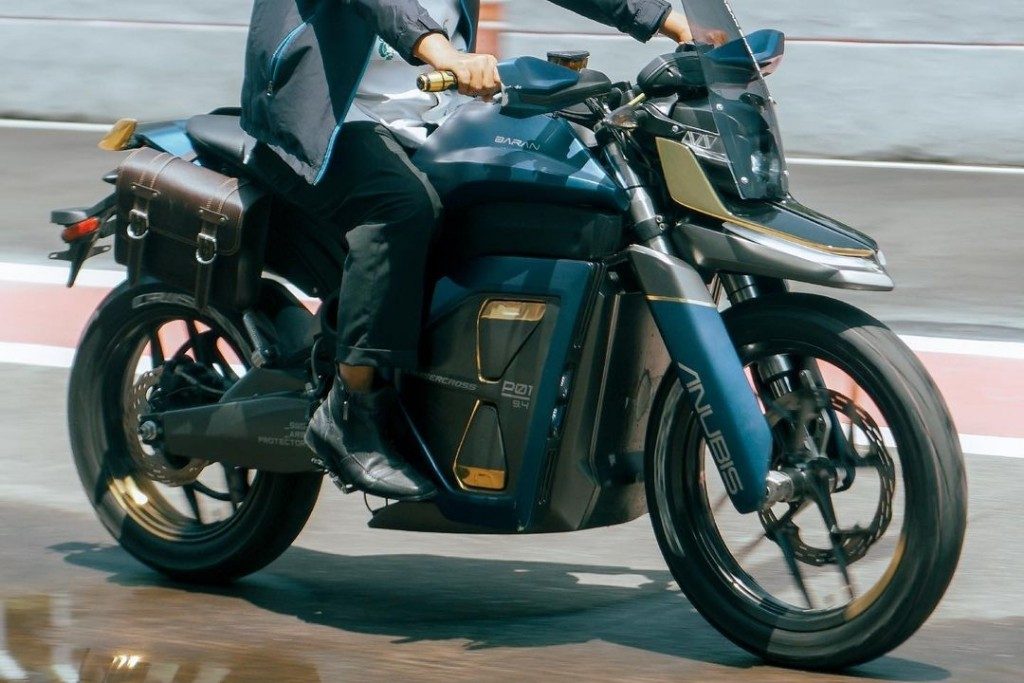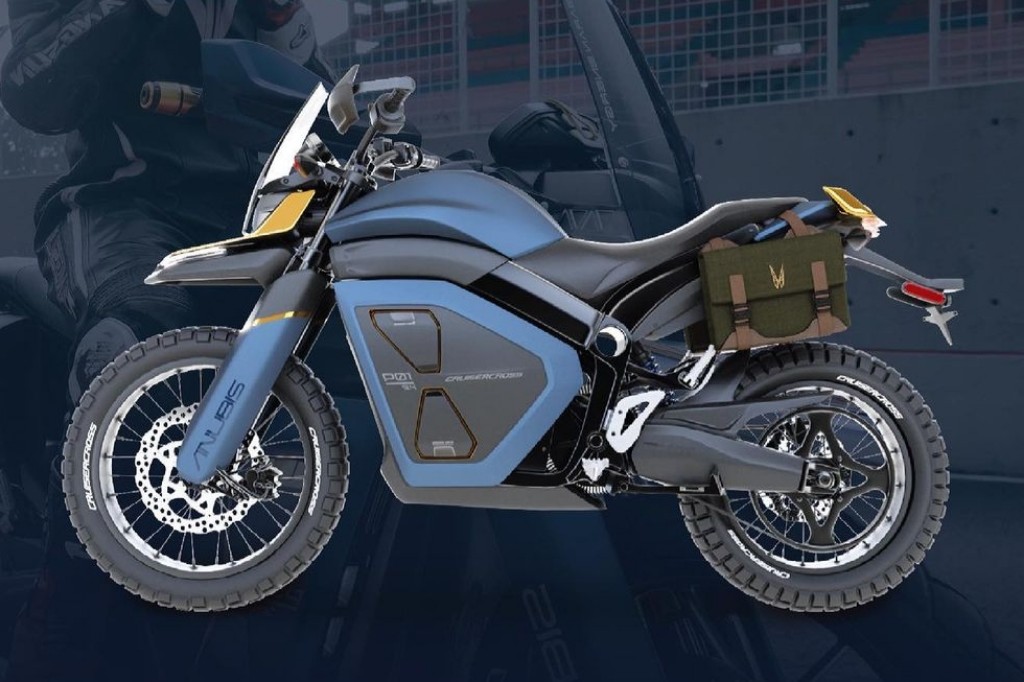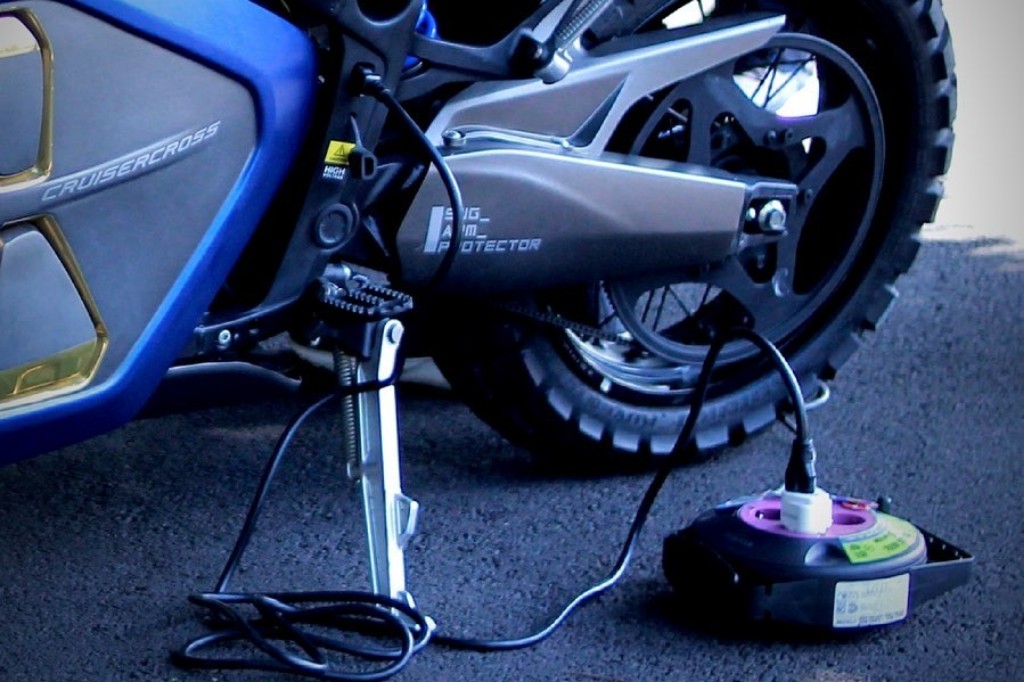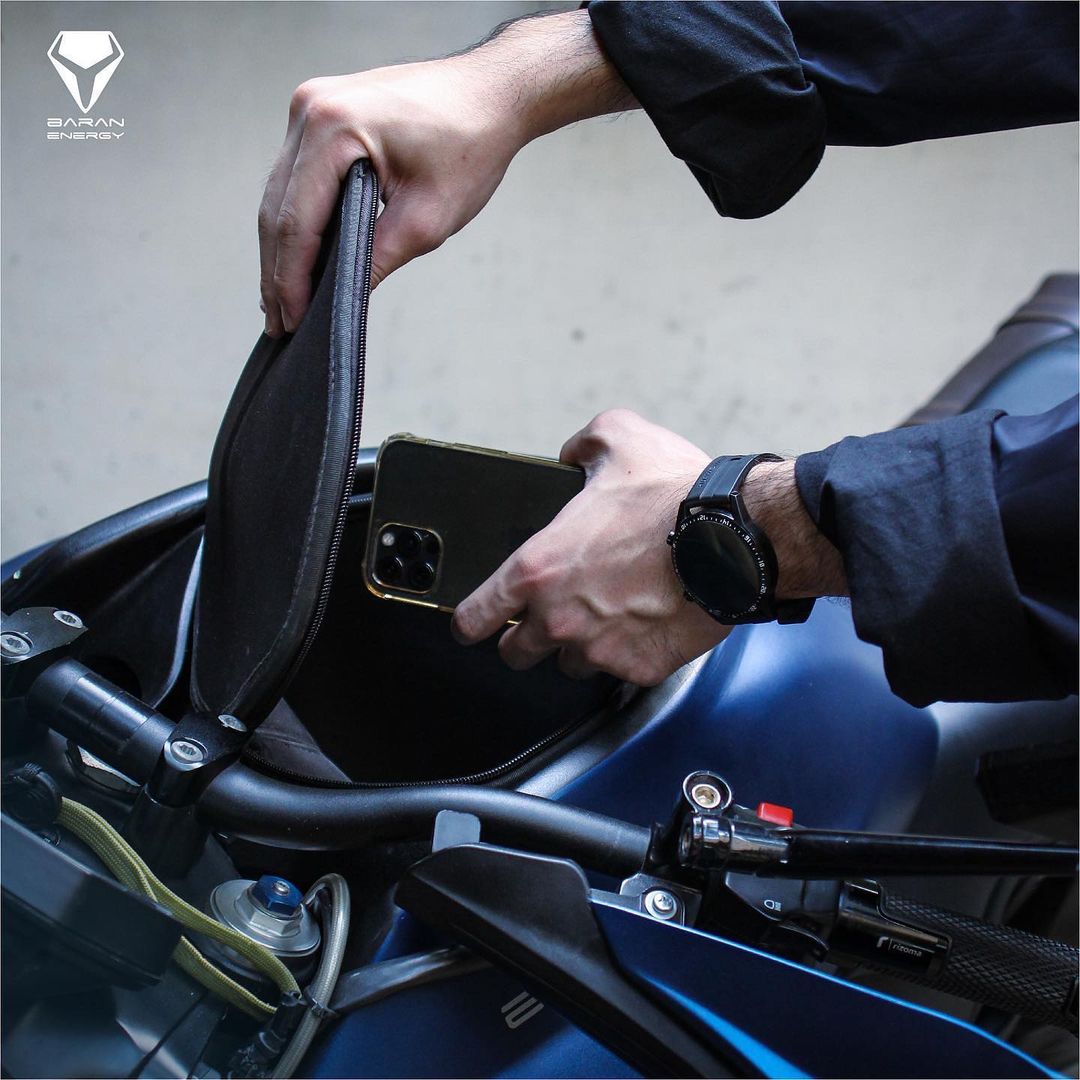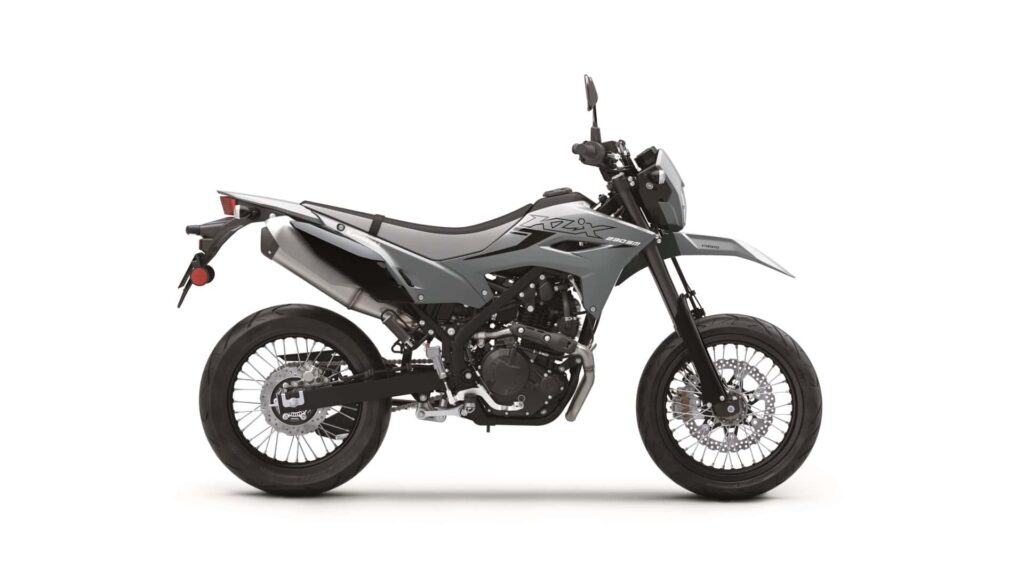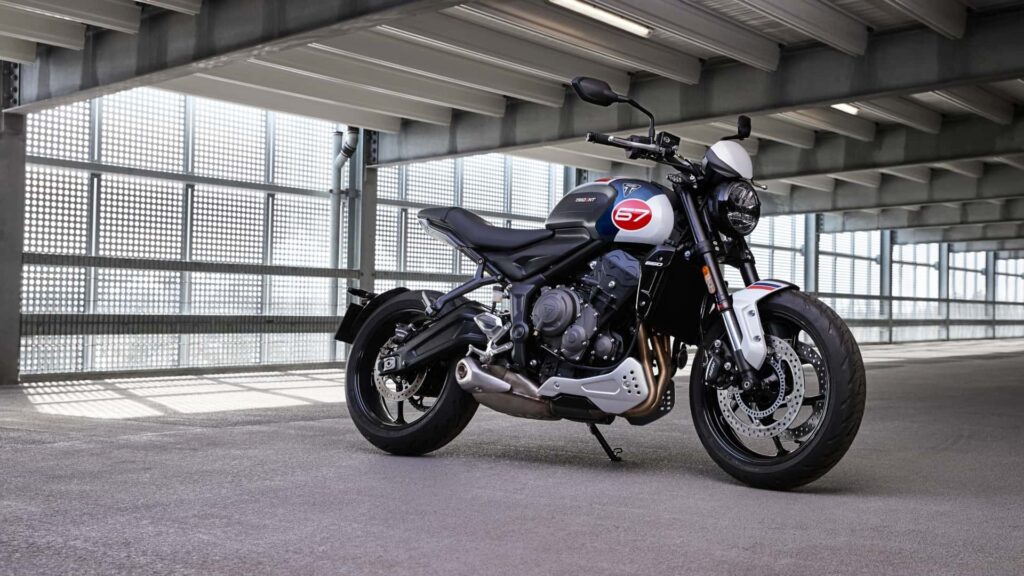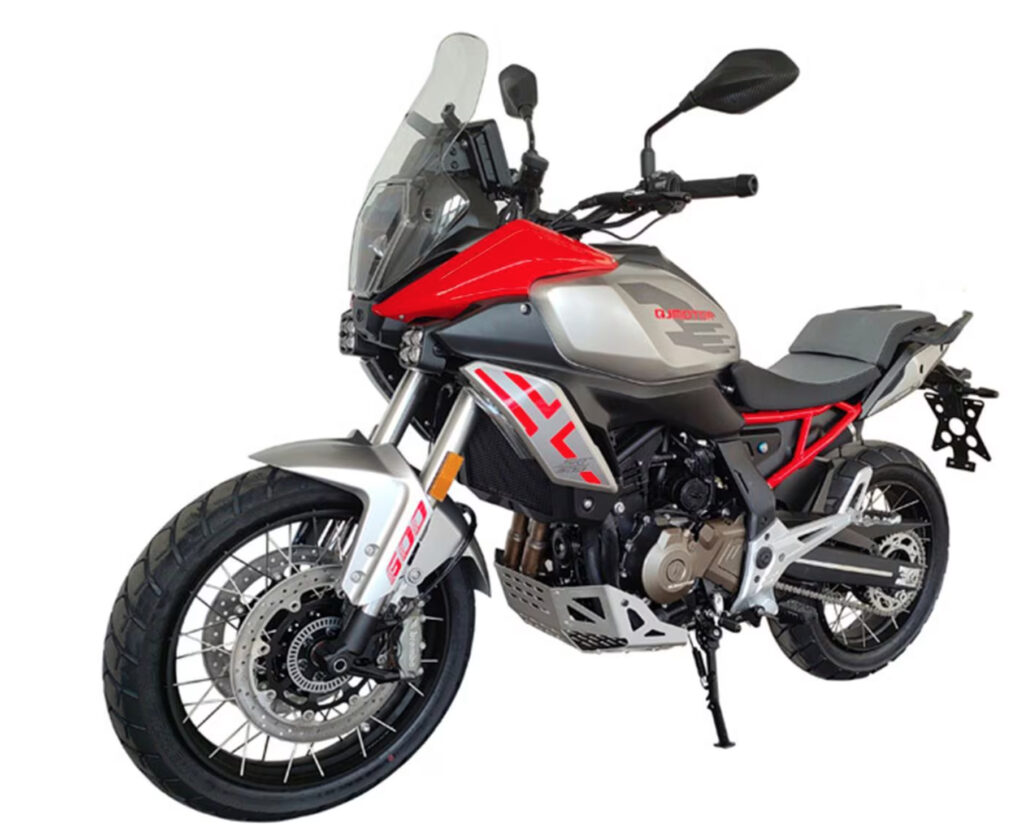The government will review and submit a new target for the number of EV (electric vehicle) charging stations after Hari Raya Aidilfitri. The existing target is 10,000 stations operating by 2025.
Minister of Investments, Trade and Industry, Datuk Seri Tengku Zafrul Tengku Abdul Aziz said the actual number will only be known through the meeting of the National EV Driving Committee (NEVSC) which is scheduled to take place after the festival.
However, he informed that he had already held preliminary discussions with industry activists and EV public charging station installation companies.
“God willing we will discuss (with NEVSC) after this Raya.
“Officially, the number so far is 2,020 units, but that the number is close to more than 2,100 units during the unofficial discussion,” he said.
He added that industry activists and public EV charging station installation companies expressed confidence that the target of 10,000 EV stations by 2025 could be realised.
“As announced before, the target is 10,000 (EV charging stations) by the end of 2025, so we have to plan carefully.
“If we can’t reach that 10,000, we have to make a more realistic target, but it seems that through my discussion with the charging station installers, they are still confident because they can see the high demand, so they are a little braver to build the charging station.
“I’m trying to make sure we can reach that target,” he said.
On March 20, Tengku Zafrul was reported to have said that the Ministry of Investment, Trade and Industry (MITI) will re-examine the target of 10,000 EV charging stations by 2025 through the NEVSC meeting.
The target is guided by the Low Carbon Mobility Development Plan 2021-2030.

